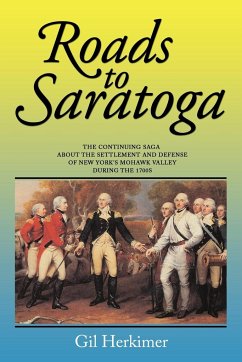Niagara's earliest fort so far discovered at the present American and Canadian border was built c. 160 A.D. by the Moundbuilders of the Ohio-Indiana Indian tribes. This site was commonly referred to as "the Throatway," and occasionally referred as "Thundergate" with its gargantuan aquatic force tears the rock crest away at an average of five feet a year, moving southwest at the rate of 500 feet each century, and ultimately flowing along the St. Lawrence River into the Atlantic Ocean. A legend tells of a virgin being sent over the falls in a canoe each spring as sacrifice to Hawenio, the Majestic Voice, symbolizing the battle for control of the portage that occurred between 160 and 1600 A.D. By 1660, the Iroquois, the Five Nations, controlled the upper St. Lawrence valley, the Ontario basin, the Niagara portage and the Lake Erie shores. The race relations problem grew with stealth and persistence. First came the traders out of Albany, New York and Boston with canoe loads of rum, blankets, ironware, rouge, and other English trade goods. "Gossip about eh Six Nations (formerly the Five Nations) tortures, cannibalism, and "sexy wenchies" was rampant, infecting the newly arrived Scot, Irish, and German immigrants. On the warm afternoon of July 26, 1775, Major John Butler, escorted by 100 Mohawk warriors came to Fort Niagara's warf, bringing the American Revolution to Fort Niagara. President George Washington dispatched a detail of his special troops to ride out of camp, meet, and escort General John Sullivan discreetly into camp and into his headquarters. After a very solemn and sober greeting, Washington and Sullivan sat down and began to thoroughtly review each and every detail of Sullivan's orders.
Hinweis: Dieser Artikel kann nur an eine deutsche Lieferadresse ausgeliefert werden.
Hinweis: Dieser Artikel kann nur an eine deutsche Lieferadresse ausgeliefert werden.








